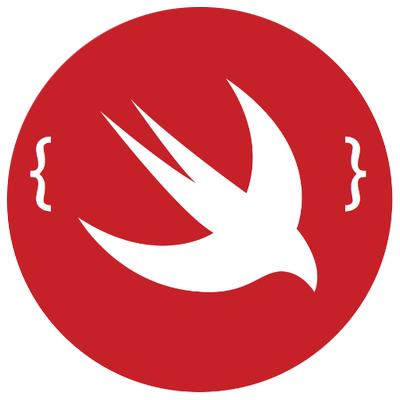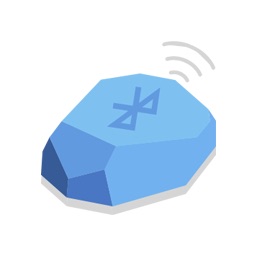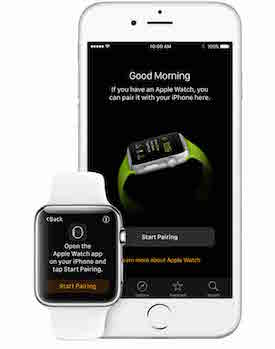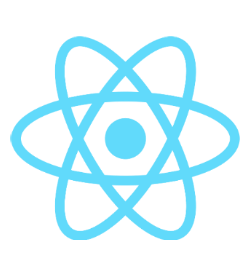Introduction to Mobile Cloud Platforms
If you are building a mobile application of any sophistication, you are likely to need some services to support your app. You’ll need a way to distribute your app for testing prior to submitting to the app store(s), as well as analytics, error logging, crash reporting, and possibly user and data management services. Of course, you could write these services yourself and provision servers to host these services, but why do that when you don’t have to?








